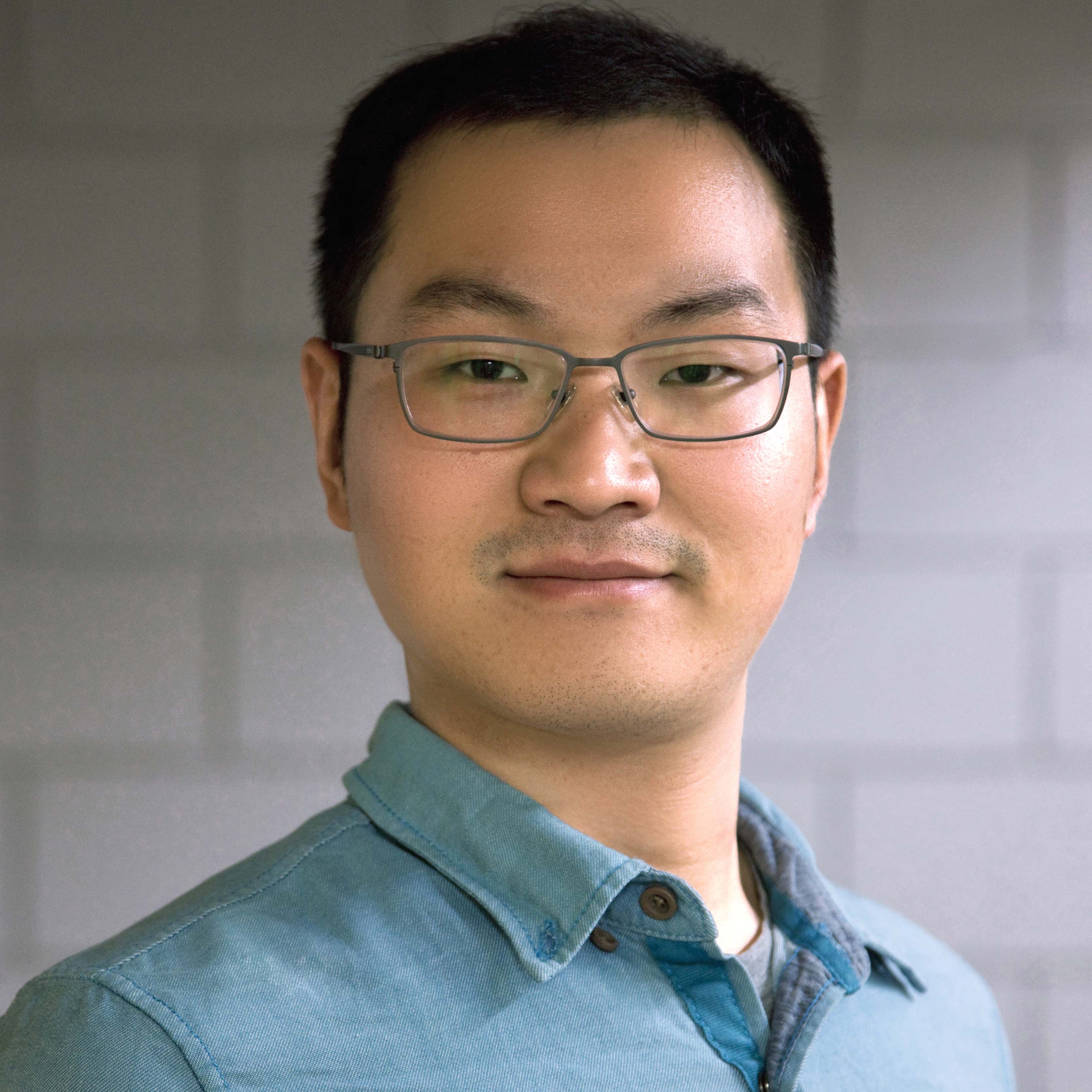Dr Wenbin Fei
Academic Experience
Wenbin is working as a Research Fellow at The University of Melbourne after completing his PhD there in 2020. He also received an Master degree from the University of Chinese Academy of Sciences in 2014 and a Bachelor diploma from Chang‘an University, China in 2011.
Reserach
Wenbin discovers the mechanism of Thermal–Hydraulic–Mechanical–Chemical (THMC) processes in geomaterials across multiple length scales, then apply the findings to engineering applications. He has developed a platform to study THMC in porous media at particle/pore scale using advanced techniques combining Computed Tomography (CT) techniques, advanced image processing algorithms, Discrete Element Methods (DEM), complex network theory (i.e. graph theory), Finite Element Method (FEM), network model and machine learning. For the development of the platform, he worked as a Data Scientist using tools such as pandas, opencv, networkx and graph-tool for data collection, scikit-learn and TensorFlow for data analysis, and matplitlib, seaborn and plotly for data visulisation. He also coupled ABAQUS and ECLIPSE to simulate the THMC processes of a Carbon Dioxide Geological Storage project in the Ordos basin which is well known as the “coal sea” in northern China.
The outputs of his research can be implemented for engineering applications such as:
- In geothermal engineering, high-quality grout needs to be optimised for high thermal conductivity, high mechanical capacity and low hydraulic conductivity.
- Energy structure (i.e. energy tunnel and energy piles). New structures are economically viable and environmentally sustainable with thermal functionality.
- In nuclear waste disposal engineering, an engineered barrier needs low hydraulic permeability and a self-sealing (deformation) ability.
- Predicting the macro-scale behaviour of methane hydrate-bearing soils, which are sensitive to thermal, hydraulic, mechanical and chemical conditions.
Teaching
Wenbin has engaged in teaching and coordination for two large postgraduate subjects: System Modeling and Design [CVEN90050] and Geotechnical Engineering [CVEN30010]. I participated in the subject design, assignments and exam design, budget allocation, learning management system design, exam questions design, tutorials, practical classes, consultations, marking and demonstrations for students.
Industrial Experience
Testing Engineer at Bamford Rock Testing Services(BRTS), 2018 – 2020
Bamford Rock Testing Services was established by Dr Bill Banford who is recognised as a world leader in the field of specialised rock testing. Dr Bamford is currently an honorary Principal Fellow and Associate Professor in the Melbourne School of Engineering at the University of Melbourne. He held the position of Vice-President for the International Society for Rock Mechanics for 8 years.
Wenbin joined the team as a part-time testing engineer since 2018. This working experience not only strengthens his knowledge of the numerous rock testing methods for applications such as drilling, shafting, blastability, road headers, Trenching and Tunnel Boring Machines, but also nourish him with Australian and international standards as well as the management and operation of an Australian company.
Geotechnical Engineer, China Railway Siyuan Survey and Design Group Co., LTD, 2014 - 2016
The company belongs to China Railway Construction Group Corporation which ranks 54th among the world’s top 500 companies reported by Fortune in 2020. The company is famous for its contribution to the design and construction of Chinese high-speed railways and city metros. It established a new department to extend its business to the highway, municipal roads and port. In 2014, He worked with excellent senior engineers to design a highway and being trained in several large projects, which makes him grow fast and later become an independent designer and also enable me to grab an opportunity to be a leader of a geotechnical group of four members to design six municipal highway in Hainan island. In the projects, Wenbin’s team pioneered the application of sponge city (permeable pavement and low impacted development drain) in China. They also pioneered the design of utility tunnels which combine utility lines such as electricity, fibre optics, cable television, and telephone cables, steam, water supply pipes, and sewer pipes.
Summary
Wenbin has the research experience on multi-physic of geomaterials at multi-scale as well as the industrial experience of a civil engineer.
- PhD Student (Infrastructure Engineering, Geotechnical Group), The University of Melbourne, Australia.
- M.E., Civil Engineering, University of Chinese Academy of Sciences, China.
- B.E., Geological Engineering, Chang’an University, China.
- Testing Engineer, Bamford Rock Testing Services, Melbourne
- Tutor and Coordinator, System modelling and design, Geotechnical Engineering, The University of Melbourne.
- Road Design Engineer, China Railway Siyuan Survey and Design Group Co., LTD.
Ask Wenbin about
- Imaging and post-porcessing
- Complex networks and machine learning
- Numerical simulation (DEM, FEM, Network models)
- Data analysis
- Energy geotechnics, geotechnical engineering
Click on a skill to read more about my experience, or show all / close all .
-
PythonI start with Python for my master thesis since python is the script language of Abaqus. I adopted python to operate ABAQUS (a finite element software) and parse data of ECLIPSE (a petroleum software) so that they can transfer results sequentially. During my PhD, I need to apply Python to develop a platform for data collection, data parsing, data visualization, statistical analyses, machine learning, graph analytics, information retrieval. Libraries: numpy, scipy, pandas, scikit-learn, TensoFlow, networkx, graph-tool, matplotlib, seaborn, plotly. **IDE:** Sublime text integrting Anacoda and Vim, Jupyter Lab.
-
C++My language of choice for speed. Used in some research projects for an inhouse finite element simulation and image processing. Libraries: OpenCV, vcglib. **Tools:** Visual Studio on Windows, Sublime text with CMake on Ubuntu.
-
MatlabChoice for some build-in handy library and operating COMSOL (a finite element software).
-
VBAExperience is limited to create simple interface for inputing data to in-house software.
-
OtherMarkdown: this website. Unix: bash, compilation. Photoshop, COMSOL, ABAQUS, ECLLIPSE, GeoStudio: physics simulations during research and work. Paraview: physics visualizations during PhD. Fiji/ImageJ: image processing. Simpleware ScanFE: image processing and finite element meshing.
